Species Transport Training Package, Beginner Part 2, 10 Practical Exercises
Original price was: $1,710.00.$289.00Current price is: $289.00. Student Discount
Species Transport ANSYS Fluent CFD Simulation Training Package for BEGINNER Users
Click on Add To Cart and obtain the Geometry file, Mesh file, and a Comprehensive ANSYS Fluent Training Video.To Order Your Project or benefit from a CFD consultation, contact our experts via email ([email protected]), online support tab, or WhatsApp at +44 7443 197273.
There are some Free Products to check our service quality.
If you want the training video in another language instead of English, ask it via [email protected] after you buy the product.
Description
Species Transport ANSYS Fluent CFD Simulation Training Package for BEGINNER Users
This training package includes 10 practical Species Transport exercises using ANSYS Fluent software. MR CFD suggests this package for BEGINNER users new to this module.
Combustion
Project number 1 simulates the vortex flame inside a combustion chamber. The combustion chamber has a cylindrical structure. The reactants, including fuel flow and airflow, enter the combustion chamber separately from four different inlet sections from the upper part. The products resulting from the reaction leave the combustion chamber’s bottom part.
The combustion chamber is one of the most widely used devices in the industry. Therefore, experts are working to improve the performance of the combustion chamber. In project number 2, a combustion chamber is simulated by STEADY Solver. The present combustion chamber has two air inlets. The air of the first inlet hits several blades (to circular the flow) and then enters the chamber; To create a better flame, the air from the second inlet does not enter the combustion chamber at first, instead of entering through the perforations in the combustion chamber. The fuel used in this combustion chamber is methane.
In project number 3, the combustion chamber is simulated in Transient mode. There are two steps of methane-air combustion, with six species involved in the reaction, namely: methane, Oxygen, nitrogen, water vapor, carbon dioxide, and carbon monoxide. The air mass flow inlet is 0.02 kg.s-1 and the inlet air temperature is equal to 300 k. Mass fractions are .23 and .77 for Oxygen and nitrogen, respectively.
Parking Ventilation (Species Transport)
Project number 4 simulates the air conditioning inside the car park. In this project, a stacker parking is designed, with three floors and two cars located on two floors. The structure of this type of parking lot is such that there are moving platforms on which the cars are placed, and then these platforms with the car are lifted vertically up between the two columns and placed at a higher height so that the space under it, for Provide the next car park on the lower platform.
Project number 5 simulates the air conditioning inside the shuffle car park. In this project, shuffle parking is designed entirely, with three floors, and eight cars are located on its floors. In this type of parking, cars are parked in such a way that they have to act like a jigsaw puzzle to enter and exit; In this way, the space of a car is empty, and the cars can be parked or taken out of the park by moving the puzzle horizontally or vertically.
Coronavirus
Today, the whole world is facing one of the biggest and most fundamental human challenges called corona disease (Covid 19). This disease’s main and dangerous problem is its high contagious power from an illness to a healthy person. Based on the CFD methods, it is possible to simulate the release of coronavirus particles from the patient’s mouth during coughing done in project number 6.
Fuel Cell (Species Transport)
Project number 7 will simulate a fuel cell. The fuel cell used in this simulation is a type of polymer electrolyte membrane fuel cell (PEMFC). The model consists of two main cathode and anode segments, each of which has four layers, including a flow collector, a flow channel, a gas distribution area, and a catalytic section, and the space between the anode and cathode layers are filled by the polymer membrane. In addition, since in fuel cell modeling, various types of gases react, the species transport module is also automatically activated in the simulation.
Pollution
Project number 8 simulates pollution diffusion in a street canyon. In this modeling, an urban area is defined as the computational area of the model; Thus, two rows of building blocks are created parallel to each other, and as a result, space is created between these two rows of building blocks, which is called a street canyon or an urban canyon.
Flare
Project number 9 simulates combustion in a gas flare system. The flare system, also known as a gas flare, is a combustion device used in industrial units such as oil and gas refineries and the production of oil and gas wells, especially on offshore platforms. Gas flares are responsible for burning the natural gases released during oil extraction in a completely controlled manner. During the oil extraction process, some natural gas accumulates on top of the oil in the reservoirs
Desalination (Species Transport)
Project number 10 investigates the performance of a solar still thermal desalination unit. The present model consists of a small chamber with a sloping glass surface at the top. The solar heat passes through the glass to the water’s surface in the enclosure and causes surface evaporation (applying a UDF for surface evaporation). The resulting vapor impacts the cold glass surface and undergoes a distillation process. Pure water from hot vapor distillation moves down the slope of the glass plate and discharges as pure water.
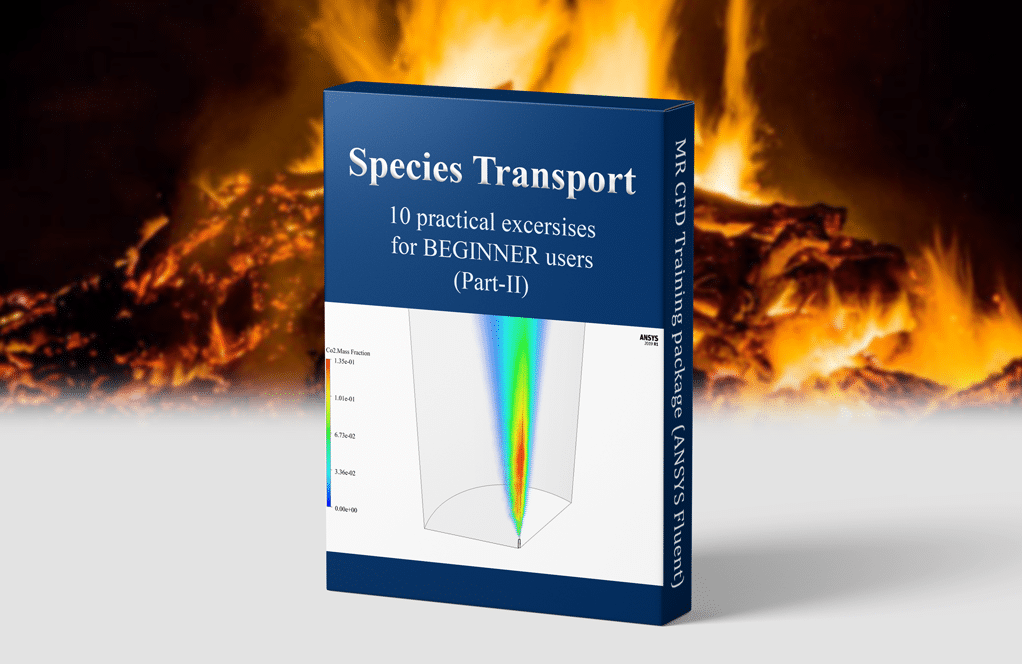


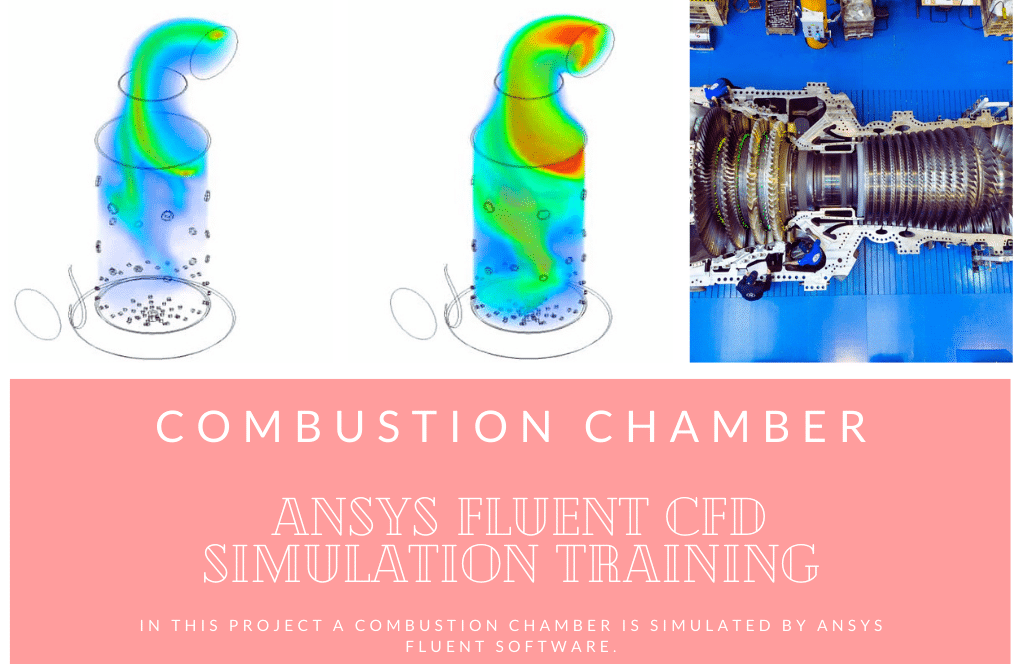


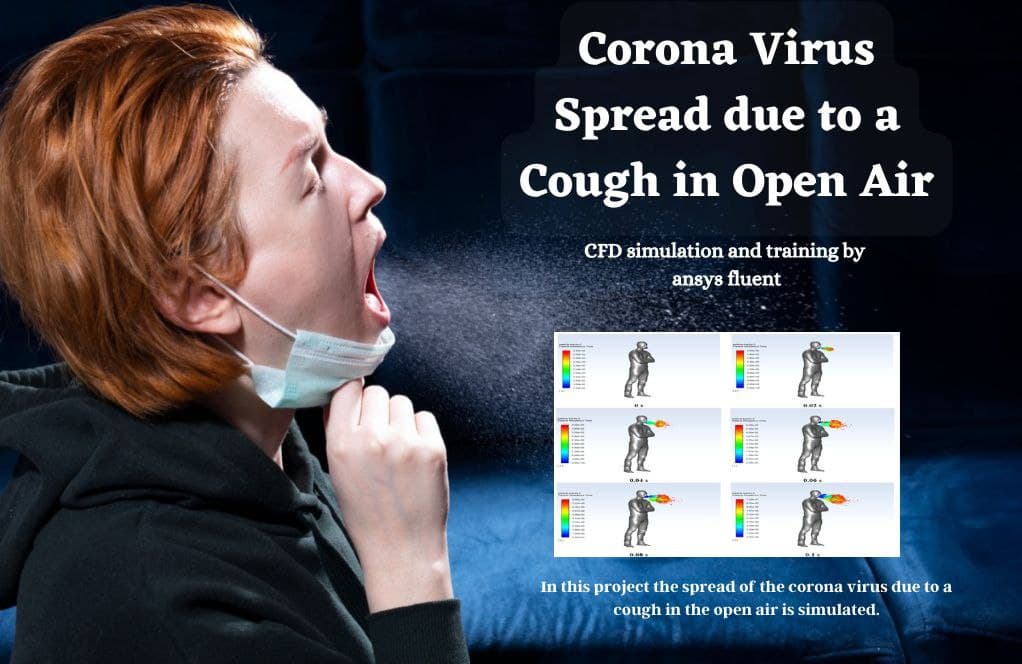
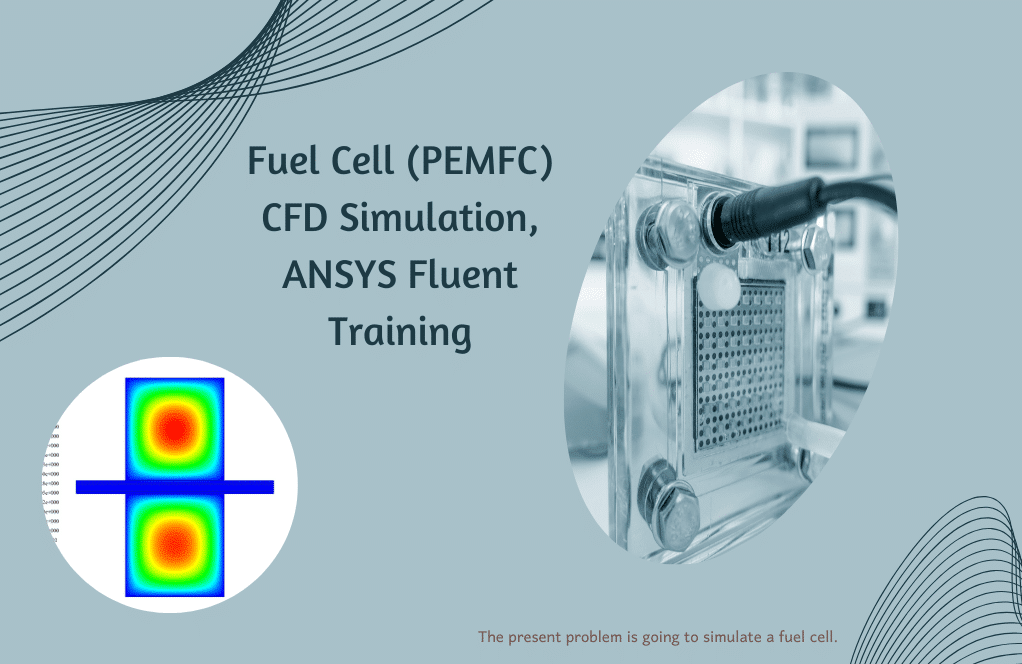
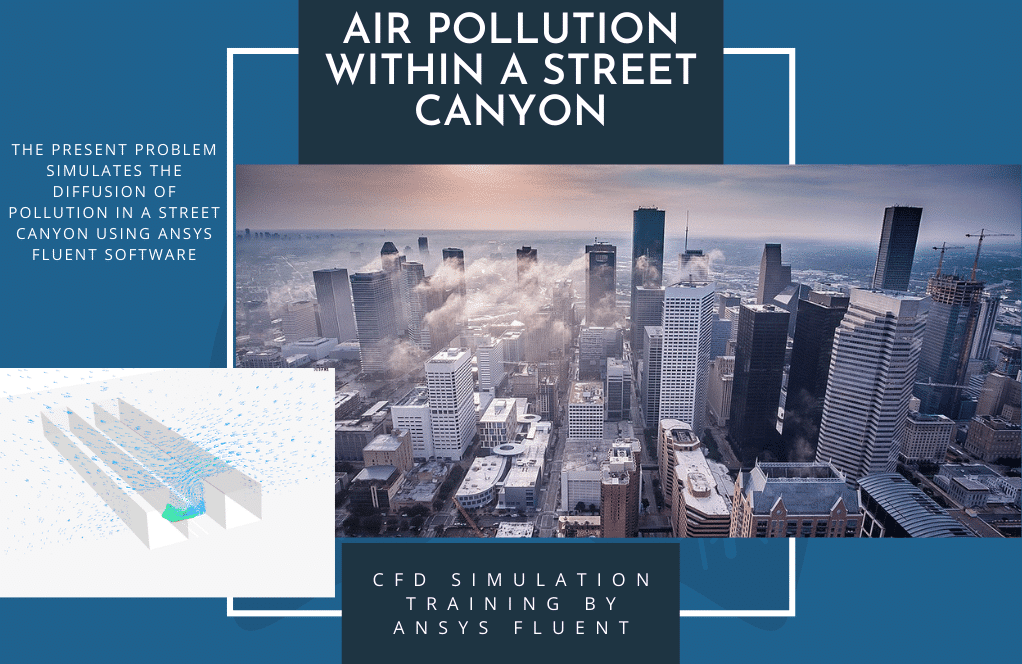
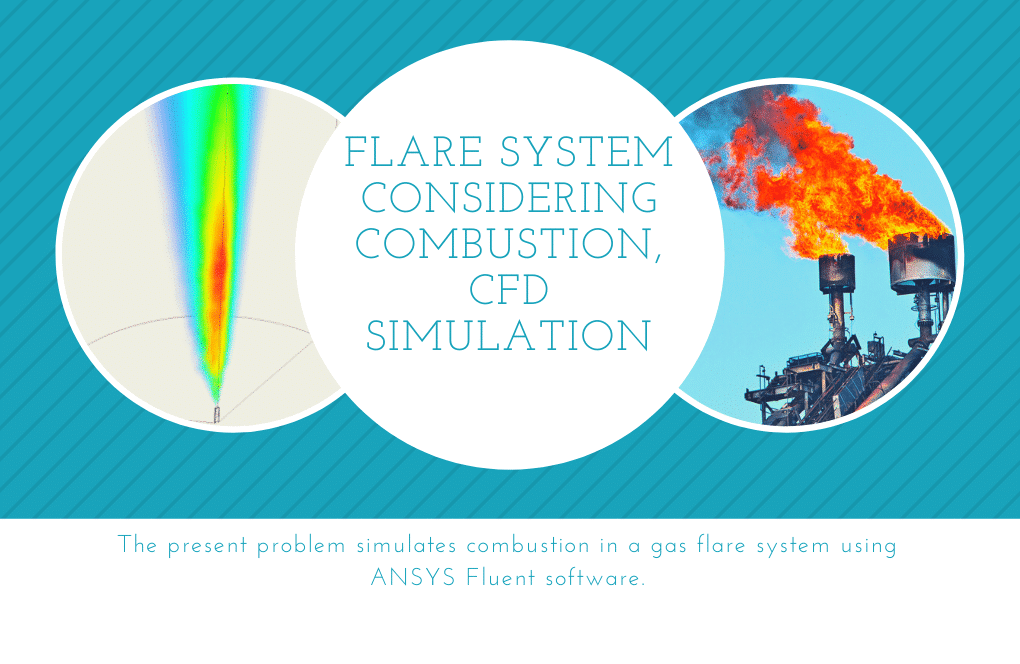
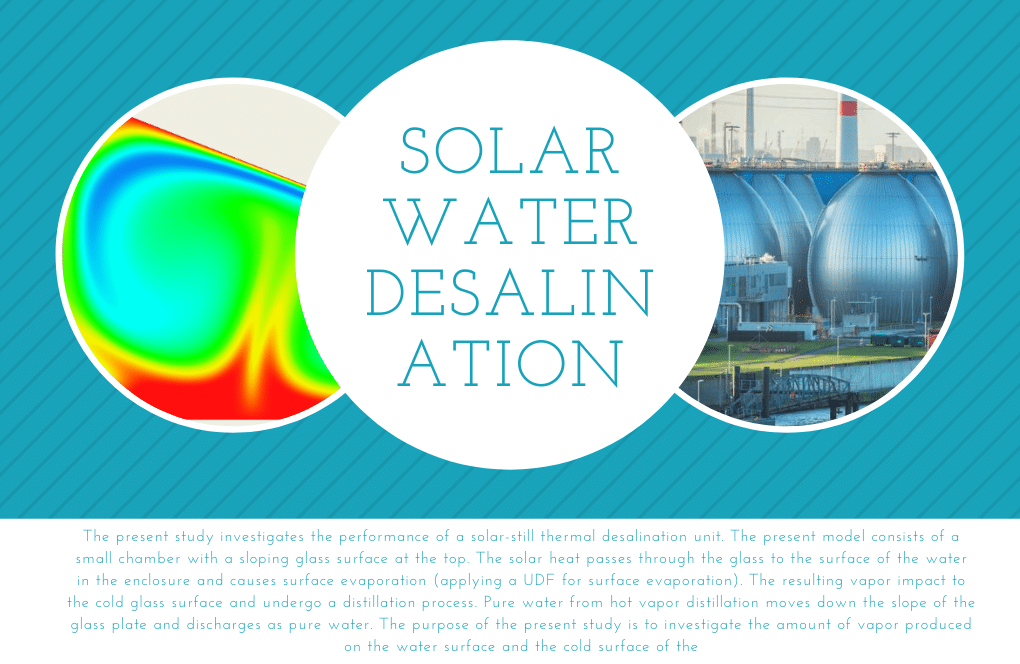
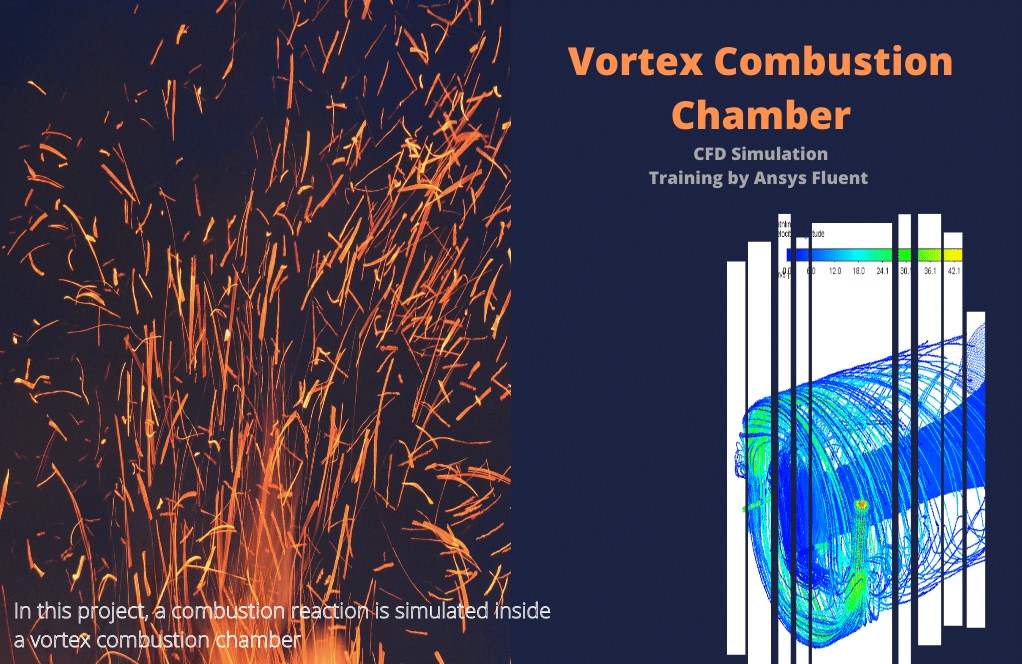
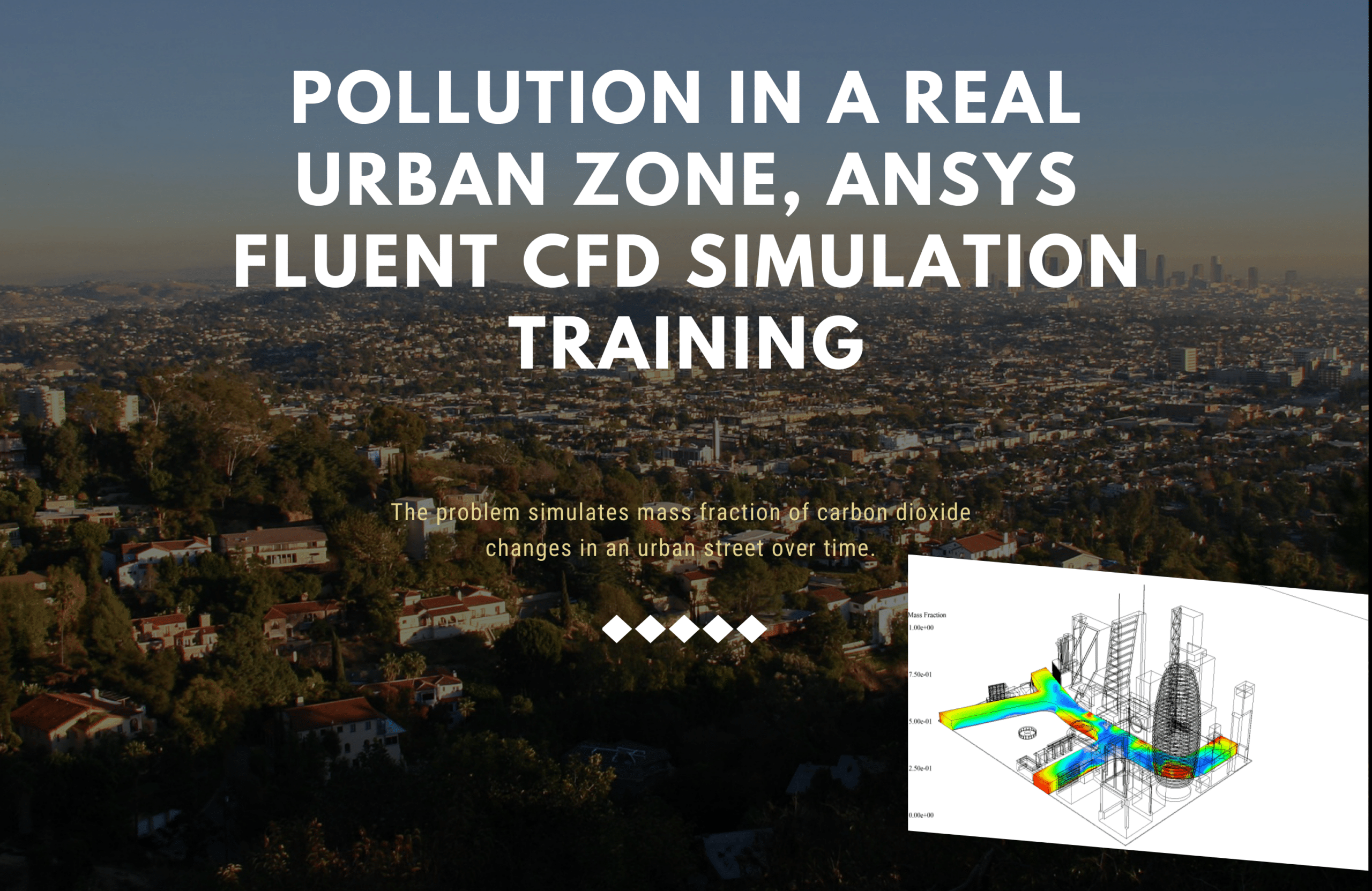

Willow Ankunding –
I was very impressed with the variety of practical exercises included in the Species Transport Training Package for beginners. The range from combustion simulations to pollution modeling provides a solid foundation for understanding species transport phenomena. The step-by-step guidance through different industry-relevant scenarios surely built up my confidence in using ANSYS Fluent for complex simulations.
MR CFD Support –
Thank you for taking the time to write such a positive review. We are thrilled to hear that the Species Transport Training Package has been helpful and confidence-boosting. Your understanding of species transport phenomena in ANSYS Fluent is crucial, and we’re glad our practical exercises could provide a comprehensive learning experience. We appreciate your feedback!
Ken Pfannerstill –
I just finished Project 7 on simulating a fuel cell using ANSYS Fluent. The species transport model effectively demonstrated the gas reactions and the way pollutants are distributed within the system was impressive. The step-by-step guidance was spot on!
MR CFD Support –
Thank you for your positive feedback! We’re thrilled to hear that the Project 7 training on fuel cell simulation met your expectations and provided you with clear, step-by-step guidance. Your success is our goal, and we appreciate you choosing MR CFD to enhance your CFD skills. If you have any further inquiries or need more assistance, feel free to reach out!
Mr. Reagan Hirthe –
Fantastic variety and depth in the Species Transport training package! As a beginner, it was enlightening to see simulations ranging from combustion chambers to desalination units. The cross-industry applications nicely demonstrate the theory in use, and having hands-on practice with different scenarios like ventilation and pollution really solidified my understanding. The inclusion of real-world concerns like the Covid-19 particle spread simulation is also quite appreciated in highlighting the importance of CFD in safety and health environments.
MR CFD Support –
Thank you so much for your positive feedback! We’re thrilled to hear you found the Species Transport training package both informative and practical. Your comprehension and appreciation of the simulations’ real-world significance are exactly what we strive for at MR CFD. If there’s any more assistance or additional knowledge you wish to acquire, please don’t hesitate to reach out.
Candice Nolan –
I recently finished the Species Transport Training Package for Beginners from MR CFD. The progressive difficulty of the projects combined with the detailed explanations were spot-on for understanding species transport phenomena! I am particularly impressed with the practical applications covered, like the simulation of coronavirus particle spread, which is so relevant. It has given me confidence in tackling real-world problems using ANSYS Fluent. Great job, MR CFD team!
MR CFD Support –
Thank you so much for your kind feedback! We’re delighted to hear that the training package has helped you gain confidence in using ANSYS Fluent for species transport simulations. Being able to apply these skills to real-world issues like the coronavirus particle spread makes your learning even more valuable. Your satisfaction is our top priority, and we’re thrilled we could meet your expectations. If you have any further questions or need more assistance, our team at MR CFD is always here to help. Happy simulating!
Lina Kessler –
The Species Transport Training Package seems very comprehensive. I’m impressed by the variety of practical applications covered. It covers crucial concepts from combustion chambers to pollution diffusion and even COVID-19 particle spread modeling. The inclusion of projects related to current global challenges like renewable energy and public health is particularly valuable. I’ve gained practical skills that prepare me for a wide range of real-world engineering problems in the fluid mechanics domain.
MR CFD Support –
Thank you very much for your positive feedback! We are thrilled to hear that you found the Species Transport Training Package to be so valuable and comprehensive. It’s important for us to offer relevant and current applications to ensure our users are best prepared for the industry challenges. Your recognition is greatly appreciated, and we look forward to providing you with more useful training materials and support in the future.
Dina Fay DVM –
Just finished the Species Transport training series for Beginners from MR CFD and I couldn’t be more thrilled with the projects I got to apply! It challenged me to deeply understand the complex processes involved, from a simple combustion chamber to innovative desalination technology. Super grateful for this comprehensive, practical approach to learning CFD with ANSYS Fluent.
MR CFD Support –
Thank you for your positive feedback on the Species Transport training package for Beginners from MR CFD. It’s great to hear that the variety of projects provided a useful challenge and helped deepen your understanding. We’re glad the practical approach to using ANSYS Fluent was effective and beneficial for your learning. Your success and enthusiasm for completing these exercises make us very proud. If you have any further questions or require more assistance, please feel free to reach out.
Dr. Rosa Jenkins –
This training package made understanding species transport in ANSYS Fluent so much easier! The projects were diverse and detailed, perfectly suited for someone just starting in the field like me. I found projects on coronaviruses and fuel cells particularly interesting as they covered very timely topics. Thanks MR CFD for such a comprehensive learning tool!
MR CFD Support –
We’re so glad to hear that our Species Transport Training Package for beginner users was helpful to you! We strive to provide diverse and relevant learning materials that make complex concepts more accessible. It’s fantastic to hear you found the current topics like coronavirus particle simulation and fuel cell modeling interesting. Your feedback is much appreciated, and we thank you for choosing MR CFD!
Orie Pfannerstill –
Just finished working through project number 4 from the Species Transport Training Package. It was enlightening how CFD can optimize ventilation in practical scenarios like a car park. I especially appreciated the real-world application, making it much easier to understand how air conditioning systems are designed in enclosed spaces for efficiency and safety.
MR CFD Support –
Thank you for your positive feedback on the Species Transport Training Package! We’re delighted to hear that project number 4’s real-world scenario helped deepen your understanding of air conditioning systems in car parks. MR CFD remains committed to providing practical and insightful educational experiences. If you have any more insights or questions as you continue exploring the other projects, don’t hesitate to reach out!
Kole Kunde –
This training package appears comprehensive. However, could you please detail which skills a beginner will develop after completing these exercises?
MR CFD Support –
This training package is designed to help beginners develop foundational skills in CFD simulation with a focus on species transport. After completing the exercises, beginners will learn to set up and run species transport simulations, interpret results, and understand the principles of different problems including combustion chambers, parking ventilation, fuel cells, pollution diffusion, flares, and solar distillation. Users will be skilled in various aspects of ANSYS Fluent specific to real-world scenarios of species transport.
Prof. Rene Marquardt DDS –
I just completed the Species Transport Training Package, the beginner part, and am amazed by the level of detail and clarity in the exercises. It was an excellent introduction to the various industry-scale simulations using ANSYS Fluent. Especially, working on the project about corona disease particle spread and fuel cells expanded my understanding significantly.
MR CFD Support –
Thank you for your positive feedback on our Species Transport Training Package. We’re delighted to hear that the exercises provided clarity and detailed insights into realistic CFD simulations with ANSYS Fluent. We take pride in developing educational materials that help beginners like you grasp complex concepts, particularly in applications that are very relevant today, such as healthcare simulations on viral spreads and sustainable energy solutions such as fuel cells. Your success in expanding your understanding is our greatest reward. Keep up the good work!
Isac Pollich –
The thorough selection of projects provided in the Species Transport Training Package is impressive. With practical applications ranging from combustion chambers to pollution simulation, I was able to grasp complex concepts with ease. The practical project on coronavirus particle dispersion is particularly timely and was an insightful inclusion. Every part of this learning journey has broadened my understanding significantly.
MR CFD Support –
We’re thrilled to hear that our Species Transport Training Package met your needs and helped you expand your knowledge across various critical applications. Your feedback is valuable, and it’s great to know that our selection of projects, including the timely coronavirus particle simulation, has provided you with the insights you were seeking. Thank you for choosing MR CFD, and we look forward to continuing to support your learning journey.
Jonathan Flatley –
I was blown away by the collection of Species Transport simulations! The beginner-focused approach with practical examples like combustion chambers and fuel cells was extremely helpful in visualizing complex concepts. Great work in putting this together. It solidified my understanding and has prepared me for more advanced studies in the field.
MR CFD Support –
Thank you for your kind words! We’re ecstatic to hear that our Species Transport Training Package for BEGINNER Users has been beneficial in enhancing your understanding. It’s always our goal to provide a hands-on learning experience that can serve as a solid foundation for future advancements. We appreciate you taking the time to share your feedback, and we’re here to support your continuous learning journey.
Rocky Denesik –
I’m new to CFD and very interested in the Species Transport Training Package. However, I am a bit uncertain. How good is this package for a complete beginner who has never used ANSYS Fluent before?
MR CFD Support –
The Species Transport Training Package is specifically designed for beginners, hence you should find it suitable for your level. It includes 10 hands-on exercises that introduce you to species transport simulations in various practical scenarios. Each project builds on the fundamental concepts, ensuring you progressively learn how to navigate and use ANSYS Fluent for species transport simulations efficiently. Rest assured, MR CFD has tailored this package to help you confidently take the first steps in the world of CFD with ANSYS Fluent.
Rosella Schimmel –
Overall an incredibly informative package with a well-rounded selection of projects showcasing a variety of applications for the Species Transport module. Great for hands-on learning! The explanations are detailed and certainly help someone like me comprehending the complex simulations.
MR CFD Support –
We sincerely thank you for taking the time to provide such positive feedback. We’re thrilled to know that the practical exercises aided in your understanding of various species transport simulations. Should you have any questions or need further assistance as you continue learning and exploring with ANSYS Fluent, please don’t hesitate to reach out to us.
Fredrick Leannon –
The Species Transport Training Package seems really comprehensive. Since there are 10 different projects, can beginners easily follow and apply the concepts? How are the step-by-step instructions provided?
MR CFD Support –
Yes, the package is designed keeping in mind the beginners, with each project focusing on fundamental aspects of species transport. Detailed step-by-step instructions are provided, from setting up the models in ANSYS Fluent to post-processing of results. Video tutorials and written guides offer clear and concise guidance to ensure understanding and ease of application.
Abdul Upton –
The content of this package offers a varied selection of projects which seems very comprehensive. Was this helpful in getting a solid understanding of species transport and its applications across different fields?
MR CFD Support –
Yes, the diversity of projects available in the Species Transport Training Package provides a broad understanding of applying species transport principles in varying scenarios, ultimately enhancing one’s competency in tackling interdisciplinary challenges using ANSYS Fluent.
Hoyt Hettinger –
I’ve had a chance to work through the Species Transport Training Package for beginners, and the quality of the instructional content is exemplary. Projects are structured in a way that gradually builds comprehension, which is fantastic for starters like myself. I was especially impressed by the coronavirus particle release simulation; it ties in real-world relevance with complex CFD modelling – very timely and educational!
MR CFD Support –
Thank you so much for the kind words! We’re delighted to hear that our Species Transport Training Package met your learning needs effectively and that you appreciated the practical applications, such as the coronavirus particle release simulation. It’s our goal to provide clear and applicable CFD training that is also connected to current events. If you have any inquiries or require further assistance, feel free to reach out.
Sydni Donnelly –
I must say the Species Transport Training Package with its 10 varied exercises was an incredible learning aid as a beginner. From simulating combustion chambers to assessing ventilation against virus transmissions and pollution diffusion, each exercise pushed my understanding while being remarkably user-friendly. The real-world relevance – especially the innovative take on coronavirus particle dissemination – made the experience all the more engaging!
MR CFD Support –
Thank you for your kind words! We are thrilled to hear how engaging and beneficial you found the Species Transport Training Package for beginners. Your understanding of real-world applications in the simulations is exactly what we strive to provide. If you have any further insights or need assistance, feel free to reach out – we’re always here to help enhance your learning journey with MR CFD!
Alf Mills –
The species transport training was extremely informative and hands-on. I gained new insight into how the species transport model works and I’m confident in applying these principles to combustion, contamination, and environmental flows I’ll be faced with in the future!
MR CFD Support –
Thank you for your positive review! We’re delighted to hear that our training package effectively provided you with the necessary insights and confidence to tackle real-world problems. Remember, practice is key to mastering CFD simulations. We’re here if you ever have further questions or need additional support.
Dr. Francis Ruecker MD –
I truly enjoyed the detailed analysis each practical exercise in the Species Transport Training Package offered. As a beginner, the difficulty level felt just right, and I could grasp the concepts without feeling overwhelmed. The different applications, from combustion to corona simulation, and the clear illustrations of the influence of species transport in each scenario provided a solid foundation for my learning path.
MR CFD Support –
Thank you for your positive feedback on the Species Transport Training Package. We’re thrilled to hear that the exercises provided the right level of challenge and helped you build a solid foundation in CFD. Your enjoyment and comprehension of the concepts are our main goals. Continue to explore and learn, and do not hesitate to reach out for more learning materials!
Dr. Skye Mayer II –
The Species Transport training package claims to be suitable for beginner users. However, are the concepts covered easy to grasp for someone completely new to CFD, or some prior fundamental knowledge is required to make the most out of this training?
MR CFD Support –
This Species Transport training package is designed with beginner users in mind. However, to fully benefit from the training, it is advisable to have a basic understanding of CFD concepts and the ANSYS Fluent interface. MR CFD provides necessary guidance and step-by-step exercises to help new users get started, but a fundamental grasp of fluid dynamics and numerical simulation principles would enhance the learning experience.